Snapping portraits of folks can be tough. Most folks aren’t at ease with a camera pointed at them. **Annie Leibovitz, a famous portrait photographer**, once said, “I’m pretty used to people not liking having their picture taken. I mean, if you do like to have your picture taken, I worry about you.”
Leibovitz, whose iconic portrait photographs have graced countless magazines, album covers, and gallery walls, has overcome the inherent challenges of portrait photography better than most. But you don’t need to be a world-class celebrity photographer — or even a professional armed with fancy photography gear — to take amazing portrait photos of the people around you.
In fact, the basics of good portrait photography apply regardless of what kind of camera you’re using. Whether you shoot with a pro DSLR, a fancy Hasselblad medium format film camera, or just the smartphone in your pocket, you too can take portrait photography worthy of being shared, printed, and even hung on the wall of a gallery one day. Want to take better photos of people? Here are a few practical portrait photography tips for snapping portraits like the pros.
1. Use The Right Lens For Perfect Portrait Photography
When it comes to portrait photography tips, there are few factors more crucial than the lens you’re using. Camera lenses come in a variety of shapes, sizes, apertures, and focal lengths, but the gist is this: not every camera lens was built for portrait photography. In general, photographers tend to avoid using wider angle lenses for portrait photos and instead opt for a tighter focal length, like a 100mm or a classic 85mm prime lens.
The lens’s focal length matters for a few reasons. First, a tighter lens tends to capture subjects in a more flattering and realistic manner, without the distortions often introduced by wider angle glass. Second, a tighter lens like a 100mm, 85mm, or even 50mm prime lens allows the photographer to stand at a more comfortable distance from the subject. The last thing anyone wants is somebody getting in their personal space and aiming a camera lens a few inches away from their face. Keeping your portrait subjects comfortable is important, and a topic we’ll explore in more detail below.
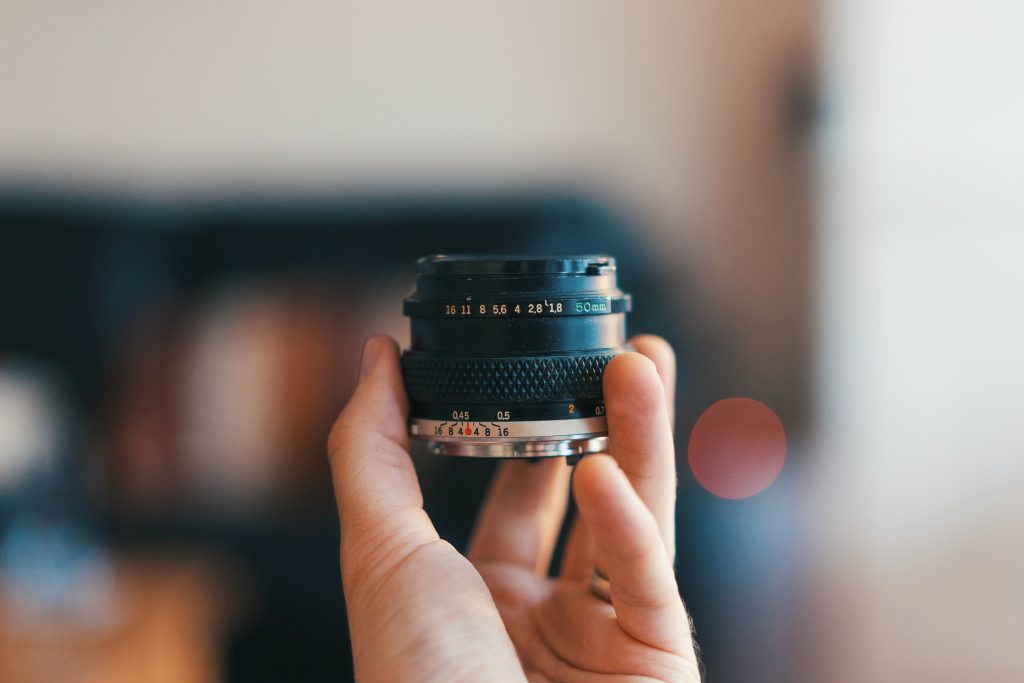
Your portrait photo lens should also allow for a wide open, or ‘fast,’ aperture. The smaller the f-stop number — f/1.8 or f/1.4 is perfect, but anything lower than f/4 will do — the faster the lens and thus the more capable it is of letting in more light so you can keep your shutter speed high, which is important for freezing movement and capturing detail within portrait photos.
A wider aperture also allows for a more shallow depth-of-field so your portrait photos can have a blurry, sometimes even dreamy-looking background. This out-of-focus background effect — or bokeh, as it’s often known as — can be a very desirable aesthetic detail for portrait photography, especially if they’re taken against busy and potentially distracting background scenery.
Conventional SLR lenses aren’t your only option when it comes to seeking out a portrait photo-friendly lens. Vintage-style art lenses like Lomography’s Petzval lenses can produce beautiful portrait photos with a stunning bokeh effect. For smartphone photographers, add-on accessory lenses like Moment’s 58mm smartphone lens will enable more professional-looking portrait photographs without the cost and heft of fancy camera gear.
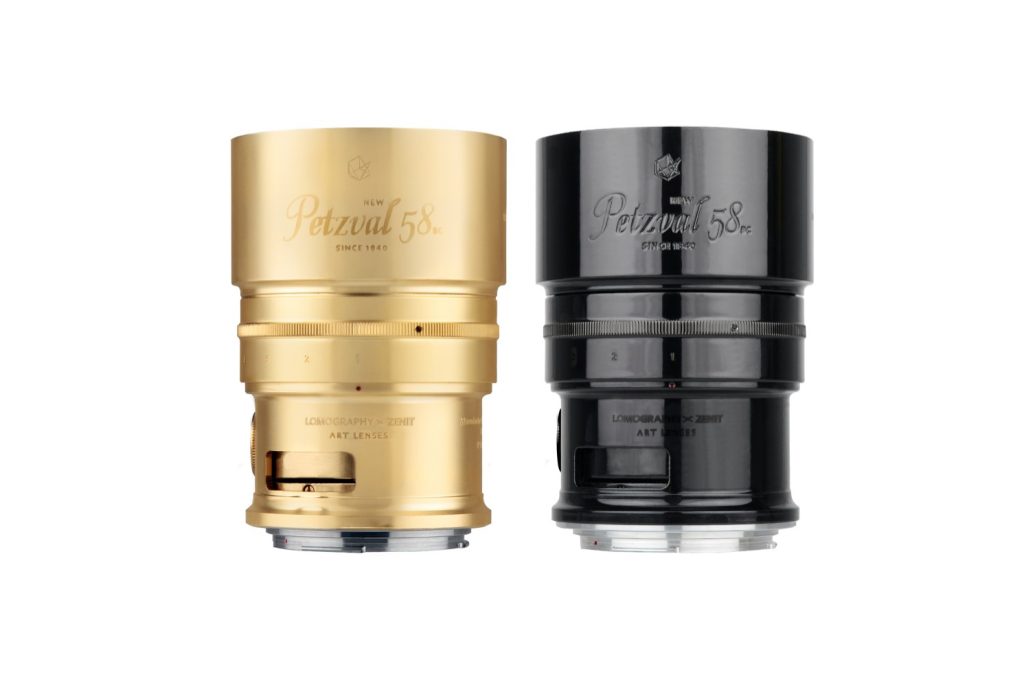
2. Get That Perfect Portrait Photo Lighting
Every photograph is made of light. And when it comes to the art of perfectly capturing people, the source, nature, and amount of light in the scene are especially important.
Here’s one of our tried-and-true portrait photography tips: Whenever possible, try to make use of natural light. If you’re shooting portrait photography indoors, positioning your subject near a window or another natural light source is the way to go. Just be mindful of where the light is coming from in relation to your subject — the light should illuminate the person’s face in the portrait photo, not shine in from behind them and create a backlit photo.
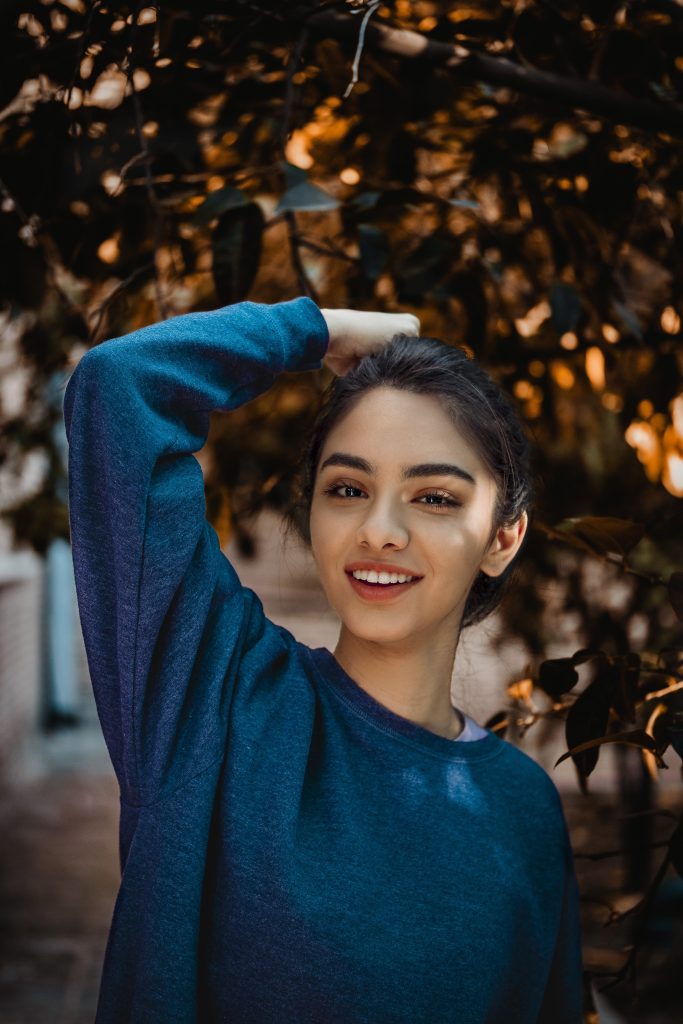
If you’re outside, you might think the abundance of natural light is a blessing. It can be, but it depends on when, where, and how you’re shooting. In general, photographers shooting portrait photography outside try to avoid direct sunlight because of the harsh shadows it can cast on people’s faces. Instead, aim for an overcast day or shoot portrait photos at a time of day when the sun isn’t as high in the sky — the magic glow of “golden hour” just before the sun sets is a favorite for many photographers. To further harness the power of the sun for your own creative purposes, you can use reflector discs as an easy, portable way to light your subjects and give your portrait photos that extra visual flair.
Portrait photographers often use professional studio lighting to capture their subjects in stunning, magazine-ready detail. You can always invest in your own studio lighting and become acquainted with common portrait lighting techniques like butterfly lighting, Rembrandt lighting, and split or side lighting. To keep things simple and more portable, there are plenty of more lightweight lighting accessories like ring lights on the market.
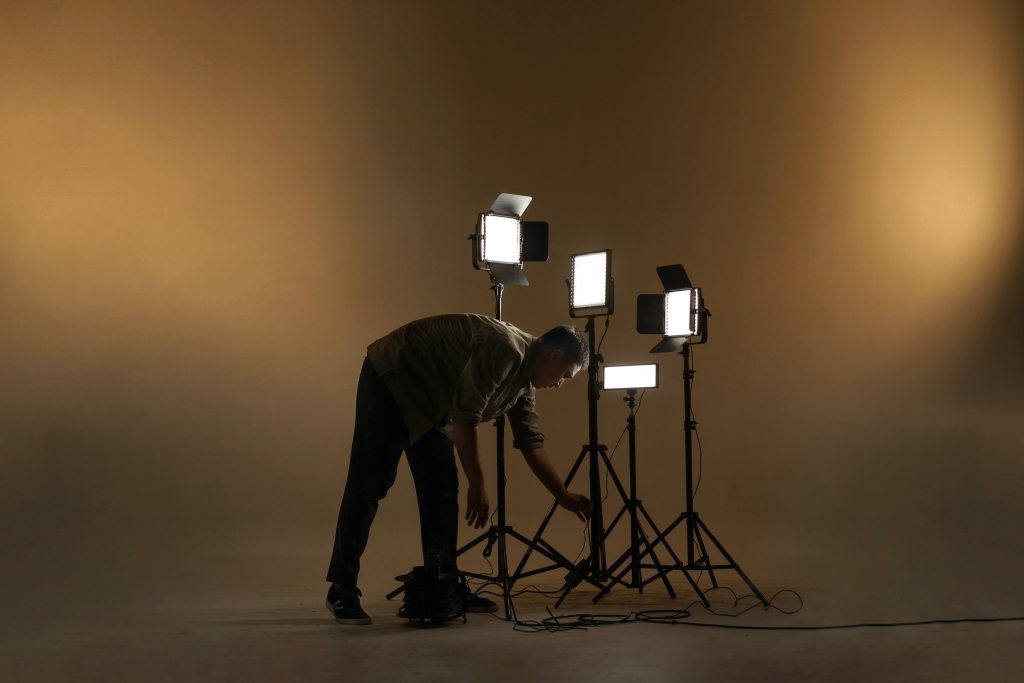
Portrait photo pro tip: For added dramatic effect, try positioning your light source in front of the subject and focus on their eyes in a way that achieves the “catch lights” you often see in the eyes of models on professional shoots. You don’t have to stick with standard white lighting, either. Affordable, colored LED lights are an easy way to get truly creative and take your portrait photos up a notch aesthetically.
3. Make Your Portrait Photo Subject As Comfortable As Possible
Taking great portrait photos is as much about people skills as it is about technical ones. Anyone can snap a picture of a person’s likeness, but capturing their personality and essence is another matter. After all, the photos we remember and cherish the most aren’t formal, posed portraits taken in a studio; They’re the candid shots that capture a particular moment or feeling.
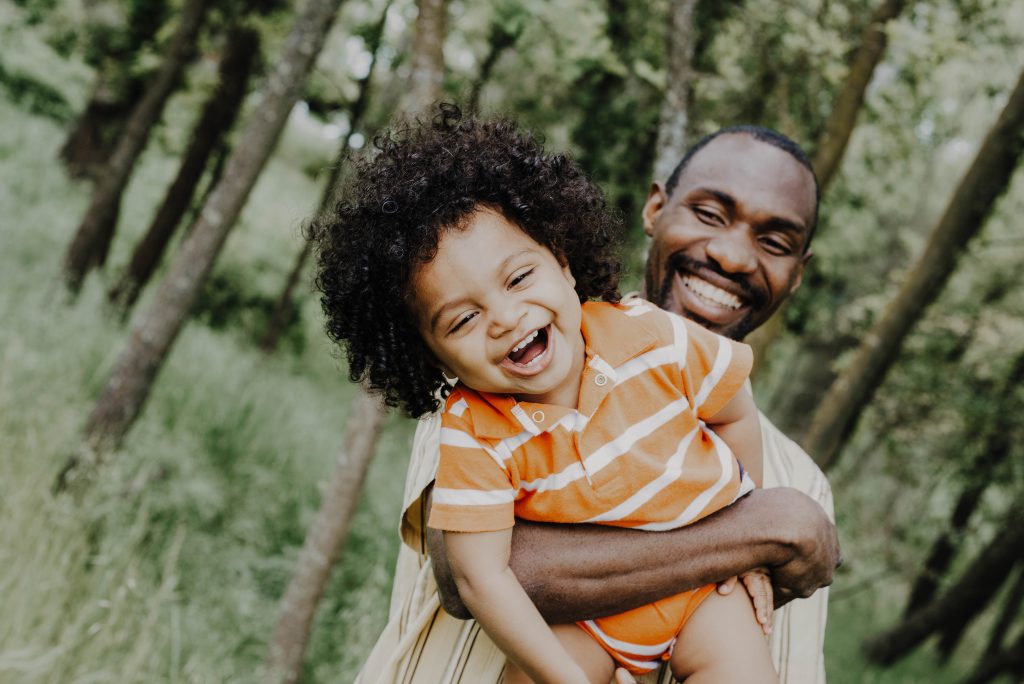
Most people aren’t naturally comfortable having their picture taken. To compensate for this, the photographer has to do everything in their power to ensure the subject is comfortable when the camera shutter starts firing. The gear itself matters. Shooting with a portrait-appropriate lens that lets you maintain some distance and generally minimize the amount of gadgetry and lighting in somebody’s face is a great start.
The environment matters, too. Sometimes, we have to shoot portraits in a more formal studio setting. In many cases, another one of our portrait photography tips will work wonders: Photograph somebody in a more casual, familiar-feeling environment. This can help capture their true essence by showing them in their element and making them a little more comfortable.
By far the greatest strides in building comfort with your subject will come from interpersonal interaction. Just making casual, genuine conversation before shooting will go a long way toward making a connection and ensuring the person is comfortable once you lift the camera up and start firing away. Even then, there’s no reason to disappear behind the camera. Keep the conversation going, maintain eye contact between shots, and if at all possible, try to make them laugh for optimal results.
There’s plenty more that goes into taking great portrait photos. Details like the background (ideally something simple and not too busy or distracting) and getting creative with angles (shoot from below to give the subject a sense of power or authority) are just two more tools in the creative arsenal used by portrait photographers. Like all creative skill sets, portrait photography is a craft that can evolve and improve with time and continued practice. Work these portrait photography pointers into your next photo session and you’ll be off an excellent start.
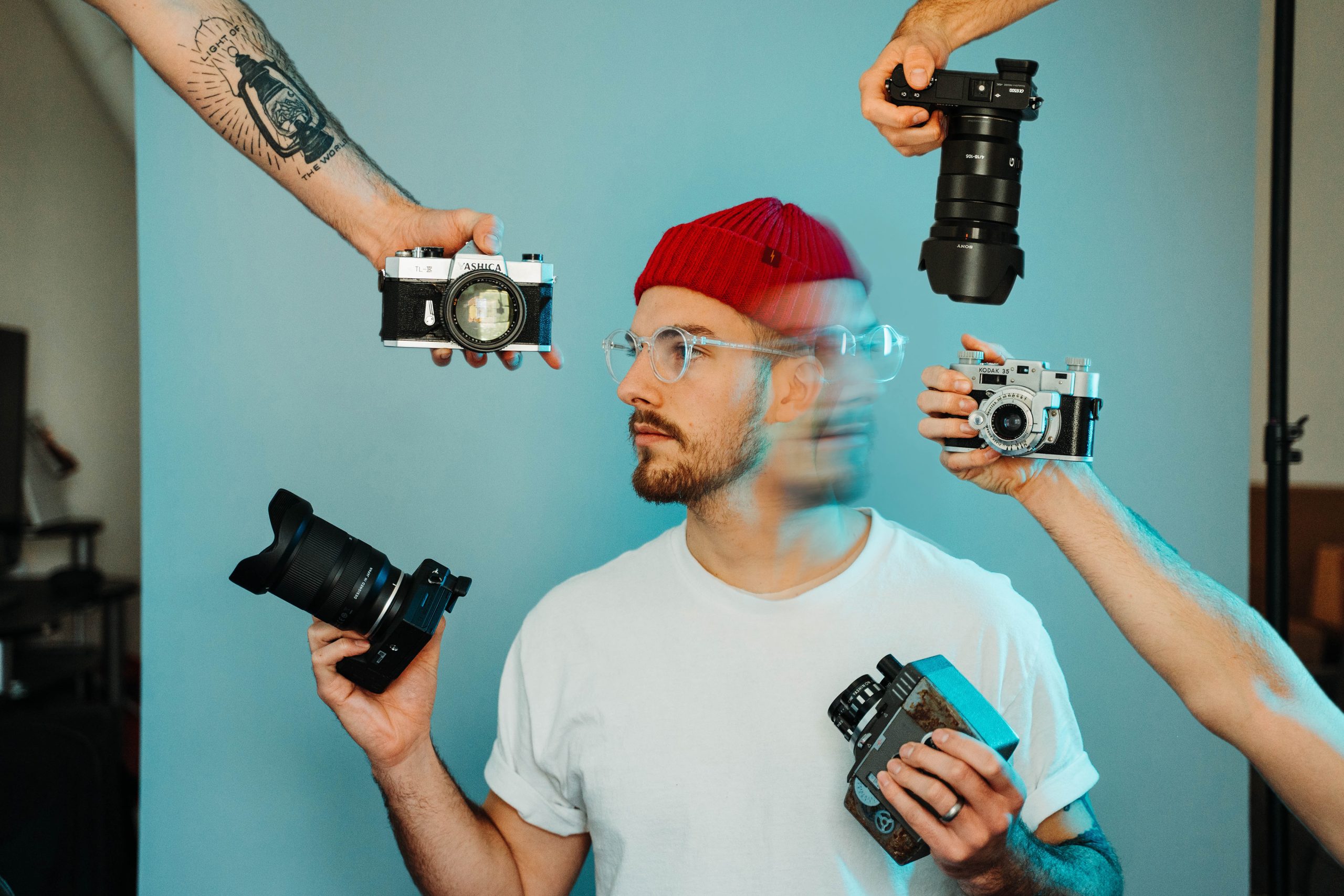
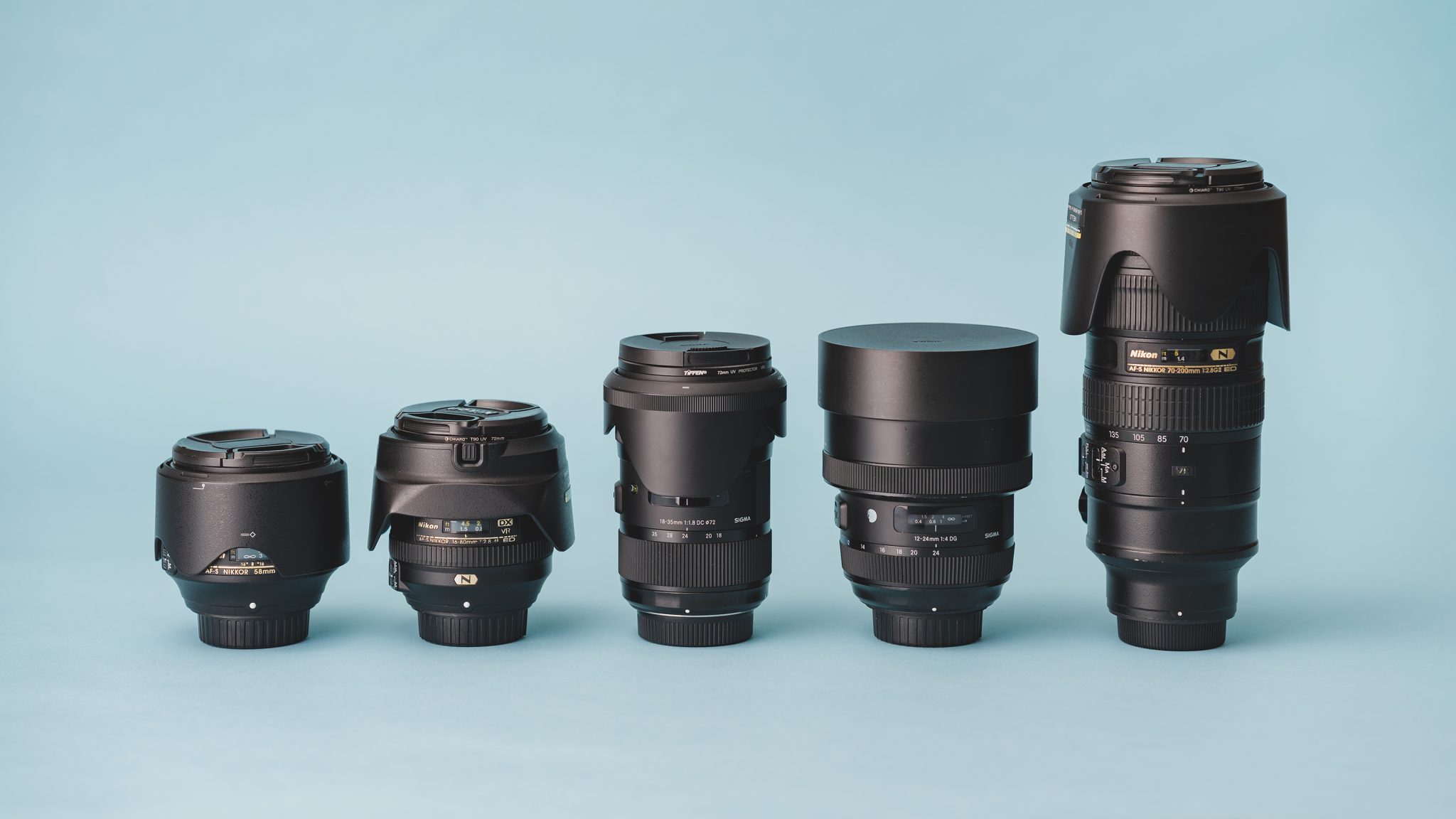
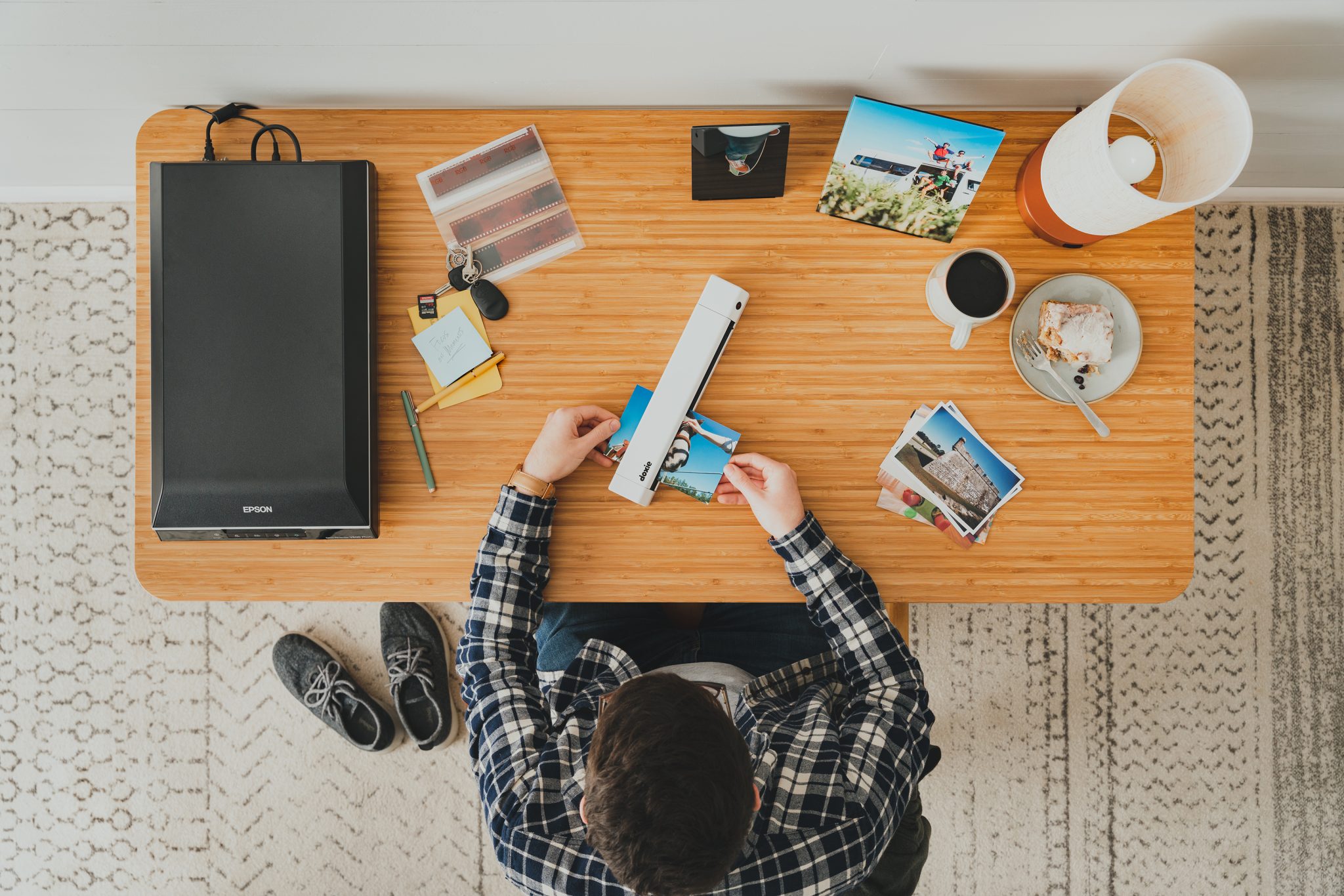


Comments